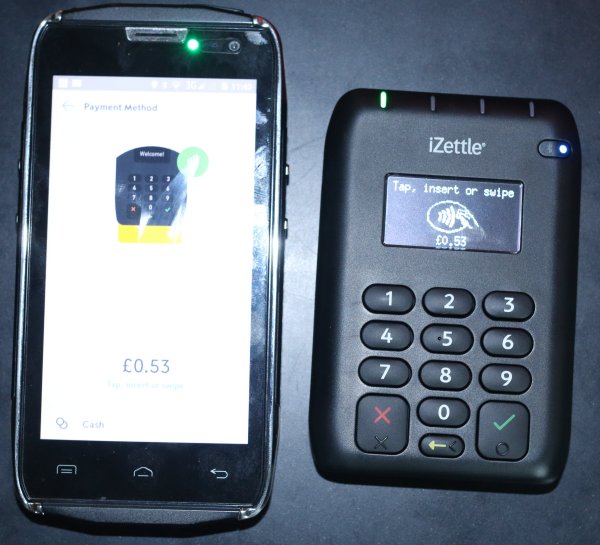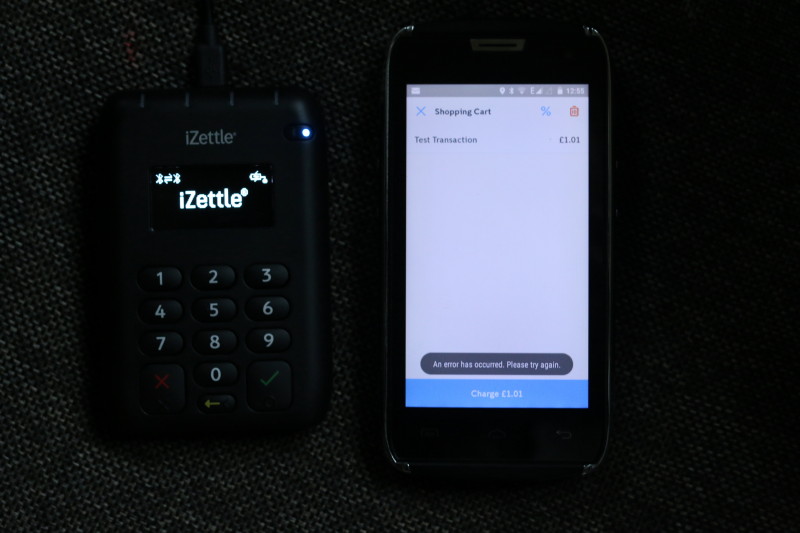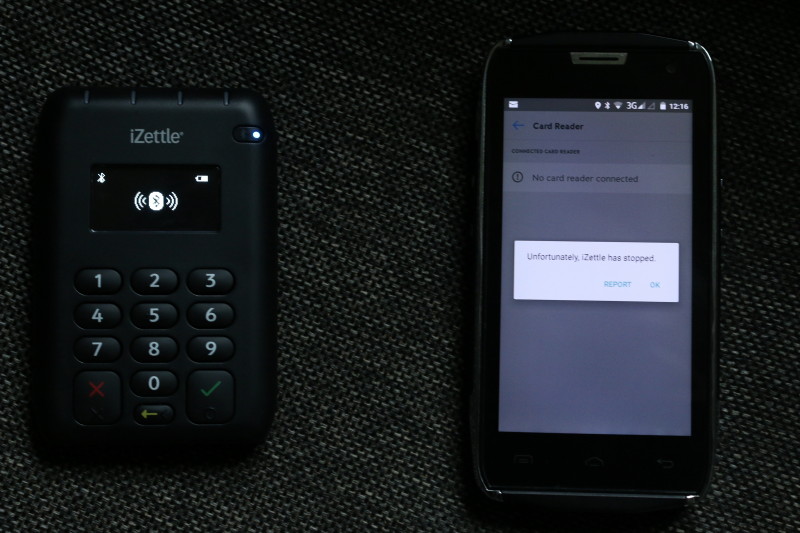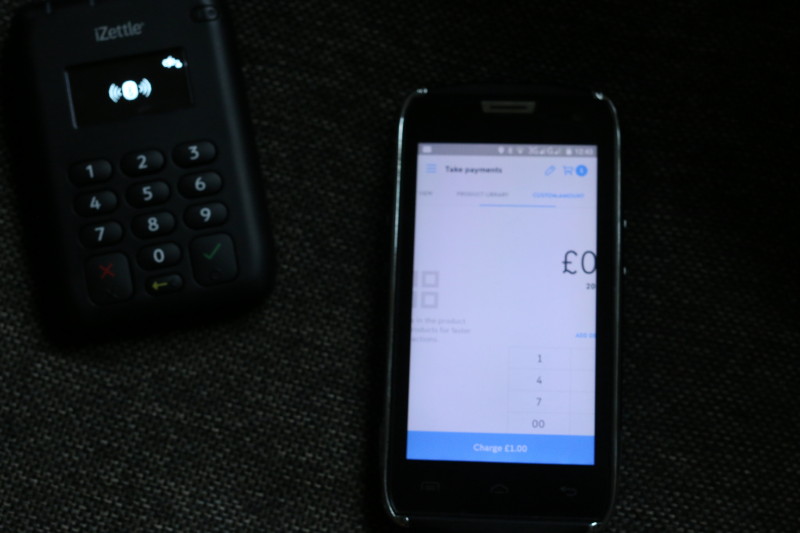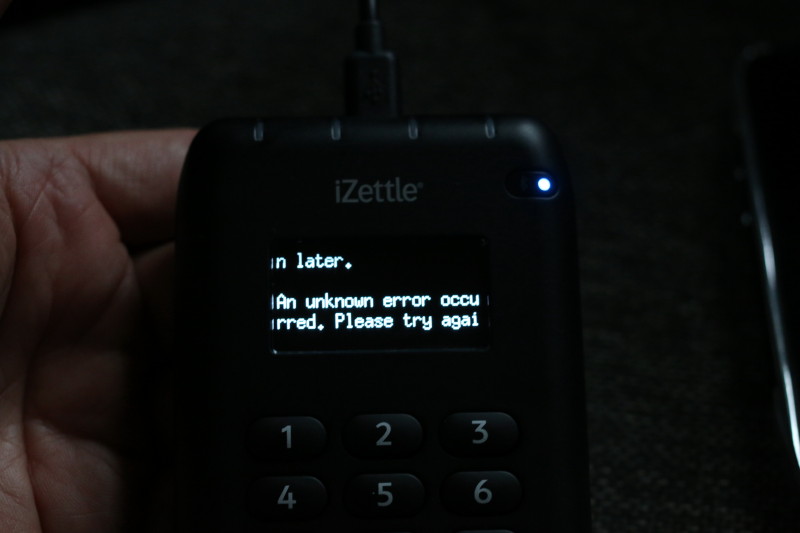Someone asked me today whether they should get a UV-5X instead of an UV-5R. The 5R is a bit of a legend in the handheld transceiver world – a very cheap and capable VHF/UHF unit covering Business Light and Ham bands on FM. It has a few flaws – for example you can’t disable the keypad and stop users doing stuff they mustn’t (a matter for Business Radio, but not a problem for ham use)
That said, if you can trust your users not to meddle, it’s a good piece of kit. And the UV-5X has an upgraded motherboard and chipset for about 25% more on a very low price – so what’s not to like? (Incidentally, it’s the same as the Baofeng FF-12P, but without the reversed display)
I’m assuming, dear reader, that you will know the Baofeng UV-5R and its variants so I won’t go into any detail on these. If you don’t, they’re extremely good kit for the money.
But if you’re considering a 5X over a 5R, which should you choose? In terms of features, the 5X appears to have similar firmware to the 5R 297 release – presumably not identical due to the new chipset, but you won’t notice a difference. When I get around to it, I intend to pull one apart to see if the chip-set really has changed, but for now I’ll take Beofeng’s word on it. CHIRP treats the 5X as a 5R, although current builds do list it as a separate model. It’s measured power output is around 3.5W on UHF and 4W on VHF, although I’ve no reason to believe this is going to be particularly consistent across examples. (Low power mode was 1.5-2W on both). Accuracy of frequency (objective) and sound quality (subjective) are very good on both units.
For what it’s worth, the 5X is (currently) shipping with a new antenna, not found on the newer 5Rs, and quite different to the longer ones found on slightly older examples. I’d hate to say one performed better than the other – I might run some tests if someone twisted my arm, but in real use I didn’t notice anything.
So what are the differences you will notice? Well, mostly cosmetic! The torch, that Baofeng seem to be so proud of on all their radios, has been upgraded from the simple LED and how has a parabolic reflector. It is thus a better torch. Quite why this is important is beyond me, but if you are a fan of radios with decent torches in, buy one and knock yourself out.
The volume knob is smaller (to make room for the torch beam, I assume). The PTT button is different. And the cover for the microphone is a fold-back job rather than hinged, but has a screw which means you can remove it completely and put it back later. This isn’t a bad thing if you’re using a microphone; the hinged cover on the 5R and similar was a bit vulnerable when open.
One improvement I did notice is that they’ve fixed the carrier squelch nonsense (on the UV-5R the setting made very little difference). However, the current build of CHIRP allows you to tweak this on other models anyway (it’s under Service Settings).
But, there is a killer reason why you may want to stick to the 5R – support. In some crazy move, the 5X uses a different (incompatible) battery and a different charger. If you’re already running 5Rs this is going to be a total pain; if you don’t have a Baofeng radio yet it’s going to limit your choice and availability of accessories. The DM-5R (the digital version) very sensibly kept compatibility with the 5R accessories, so why couldn’t this?
The 5X is, however, reputed to be splash-proof, if not waterproof. This is a good thing. The keypad also has bigger keys – that’s to say thicker with more travel, NOT as you might think, with a larger face. There’d be no room anyway, although The 5X is actually a bit taller. This means it won’t fit the rubber armour sleeves or any tight-fitting holster. Another problem is that I don’t think anyone can supply it with a UK charger as standard, although the US one will work with an adapter.
The UV-5X is not a bad radio, but to mind it’s not good enough to beat the UV-5R, where the ace is the range and availability of spare batteries. For my money, if I wanted to get more than the bog-standard UV-5R I’d go for the UV-5RHX or UV-5RTP – with upgraded (three setting) transmitter power. They’re accessory-compatible with the UV-5R, although internally (and to CHIRP) they appear as BF-F8HP and a BFP3-25 and both have NSR3409 firmware. The only difference is that the TP comes with the new rounded shorter antenna and the HX doesn’t appear to be available with a UK power adapter, although it does ship with the large battery. I don’t think anyone in the UK is selling it.


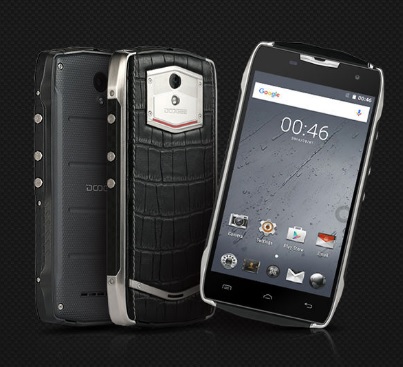
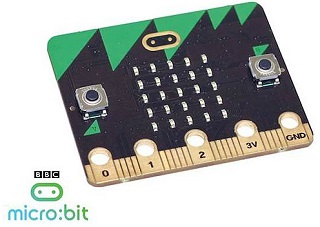 long last, the BBC micro:bit has
long last, the BBC micro:bit has 